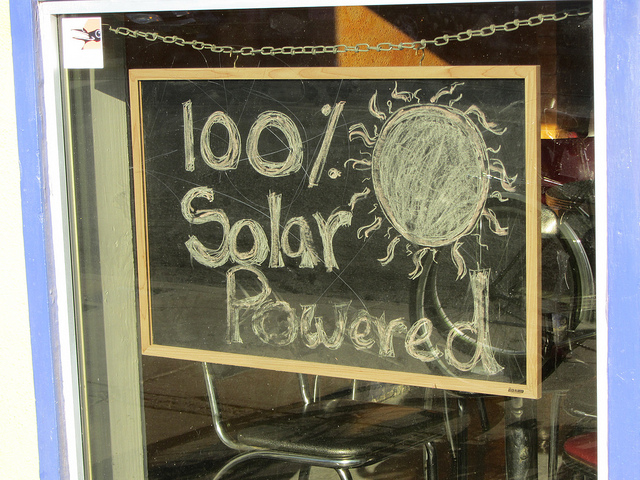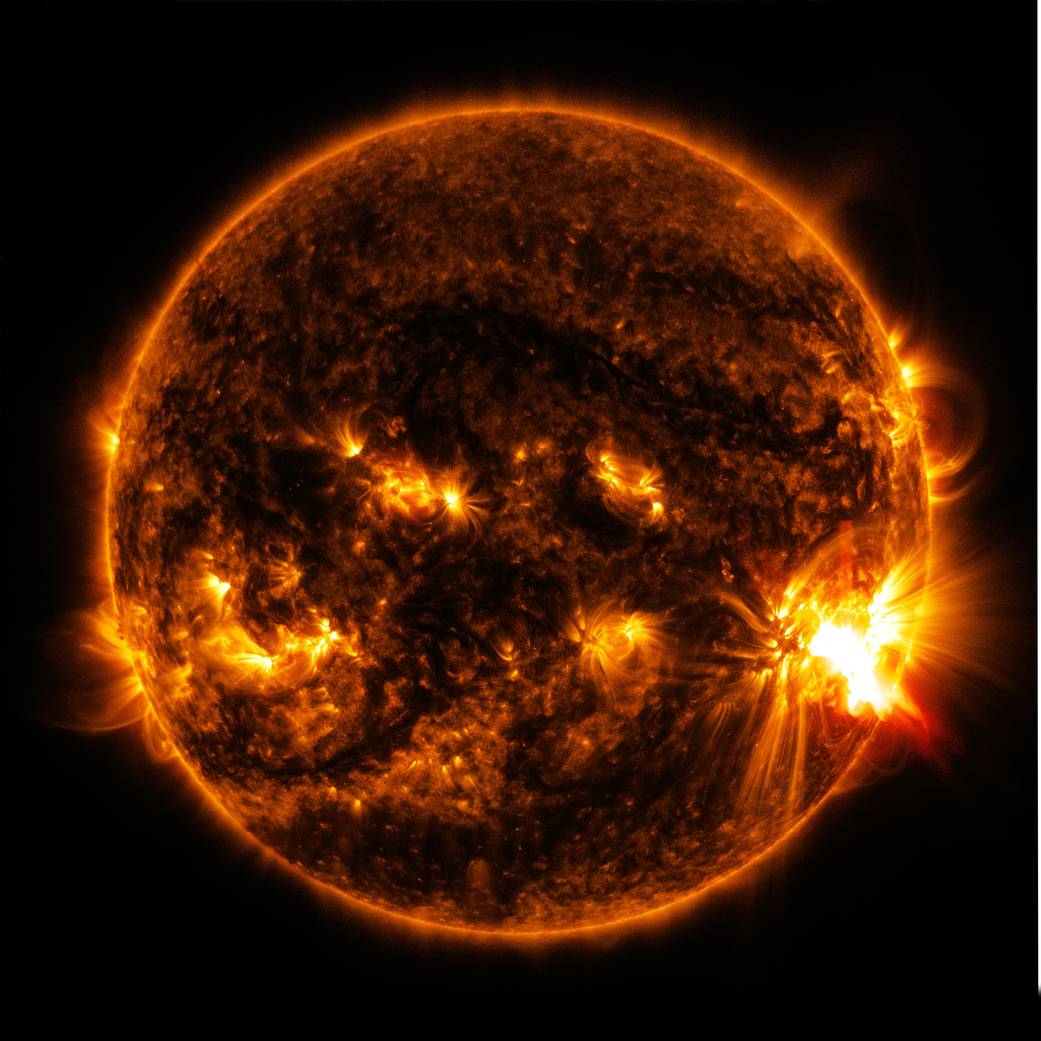Every day we use energy. We use it to make the first cup of coffee in the morning, to check our emails and listen to music while writing essays on our computers. Energy has been used to produce our coffee mugs and our computers. It has taken energy to deliver these products to us. And while conventional sources of energy – fossil fuels and nuclear power – are still in use, we increasingly produce energy from renewable energy sources as for example solar panels. Yet, while solar panels are considerably less harmful for the environment, they are still not as clean as generally assumed.
Welcome to the Machine
While, at the moment, we would manage just fine with conventional energy sources, some problems lead to the necessity of increasingly developing and using alternative energies. One of these problems is that many of us will most likely experience the day when fossil fuels run out. It is estimated that we will have access to oil and gas for roughly 50 more years while coal will last for more or less another 100 years. But not only the limited amount of fossil fuels poses a problem. The coal industry negatively impacts the environment by, for example, destroying landscapes, polluting water and air, and producing methane which contributes to global warming. Oil and gas production (and consumption) emit greenhouse gases that amplify climate change. And even when there is no accidental oil spill, some of the oil finds its way into soil or water.
Nuclear energy does not have problems such as carbon emission. Yet, as the nuclear disaster in Fukushima in 2011 has shown, it is not risk-free and accidents in as well as cyber attacks on nuclear power plants can have catastrophic consequences. However, in the long run, it is not the big disasters that cause problems and call for alternatives. The production of nuclear energy generates nuclear waste which remains radioactive for a time beyond human imagination. The question of how to dispose of this waste is still open, and the longer nuclear power plants run, the bigger the problem gets. Therefore, an alternative not only to fossil fuels but also to nuclear energy is needed.
The Great Gig in the Sky
Solar panels as an energy source have a far smaller impact on the environment than conventional energy. But this form of energy production still involves certain issues. The majority of photovoltaic cells is made out of quartz which is the most common form of silica. It is extracted from mines and then needs to be refined to produce elemental silicon. In the refining process furnaces are used and keeping them hot needs a great deal of energy. After the refining process the silicon needs to be transformed into polysilicon. Yet, during that process toxic silicon tetrachloride is created as a by-product. While it could be recycled to extract more polysilicon some companies simply throw away the silicon tetrachloride. When it is exposed to water, which is difficult to prevent, silicon tetrachloride releases hydrochloric acid which emits harmful fumes and acidifies the soil.
In China, where about half of the world’s solar panels are produced, the waste is often dumped in rivers and on fields turning the soil barren, causing health issues and leading to the death of livestock. Due to the overall lower environmental standards in China and the high number of coal-fired power plants, the carbon footprint of a solar panel produced in China is twice as high as that of a panel made in Europe.
A large number of solar panels that are produced in China is exported to Europe and the United States. If panels produced in China were installed in China, the time needed to balance out the production’s greenhouse gas emission would equal the energy-payback time. The energy used during the production and the energy saved would cancel each other out. But if the solar panels are exported to and installed in Europe or the US, that time becomes twice as long.
The rapid growth of the solar industry has also increased the amount of its hazardous waste and especially new companies have to send their waste to special waste facilities since in most cases, they have not yet invested in on-site recycle equipment. At the moment, there are not enough places to recycle solar panels. Waste facilities are often located hundreds of miles away from the plants and the fossil fuel-consuming transport by truck or train is currently not considered when calculating a solar panel’s carbon footprint. Therefore it takes the solar panels several months to balance out the energy used during their production, including transport and disposal of toxic waste.
High Hopes

Despite the problems of pollution through toxic waste and greenhouse gas emission during the production, solar panels are still much cleaner than fossil fuels and safer than nuclear power. One solar panel lasts about twenty years, making solar energy one of the cleanest energies available at the current time. One of the big issues with solar panels, though, is the issue of transparency. Leaving out factors, such as the transport of toxic waste to waste facilities, of calculating solar energy’s carbon footprint creates a distorted image of solar energy’s actual impact on the environment.
Yet, there are efforts to solve the problems present. Scientists are, for example, developing different technologies to produce solar panels, and are considering alternative chemicals that are easier to dispose of than the ones that are used now or are created as a by-product. And even though solar energy has not been perfected yet, and cannot be considered one hundred percent green, it still is an environmentally preferable source of energy. The solar energy industry has the chance to solve the problems at hand and thus, there is the possibility to create even cleaner renewable energy in the future.
By Merle Emrich
Photo Credit:
Solar Flares, NASA’s Marshall Space Flight Center, CC BY-NC 2.0
Oil Well, Dave3006, CC BY-ND 2.0
Solar Panels, Kiran Jonnalagadda, CC BY-SA 2.0
100% Solar, Ken Bosma, CC BY 2.0












